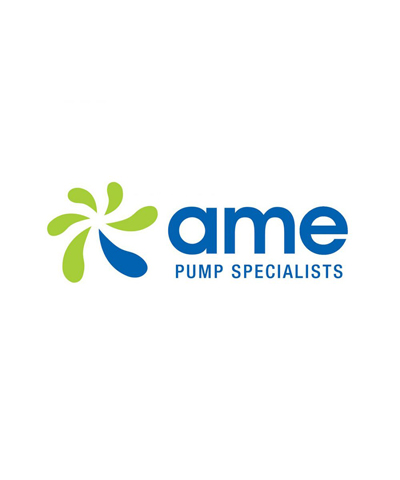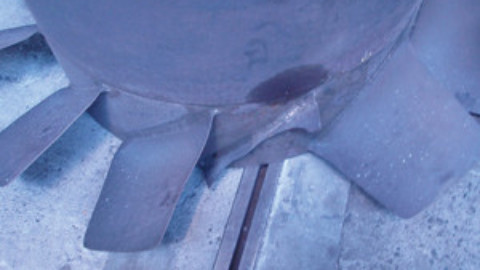A new way of tracking how sewage sludge flows during thermal treatment, developed by researchers at RMIT University, could see a shift in the way engineers design wastewater treatment plants, as well as increase production of biogas.
Demonstrating how the flow behaviour of sludge can be used as a tool to gauge how quickly organic matter is dissolving at high temperatures, the researchers are paving the way for online monitoring of process performance.
Traditional methods of assessing the performance of thermal treatment require time-consuming sampling and chemical analysis. But rheology calculations — which measure and detail how liquids flow — can be done online in real time.
The study, published in Water Research, found a correlation between how sludge dissolves and changes in its flow behaviour, indicating it may be possible to monitor thermal treatment performance simply by tracking the flow.
Lead investigator, Associate Professor Nicky Eshtiaghi, from RMIT’s School of Engineering, said correctly estimating the rheological parameters of sludge is critical to efficient process design.
“Our technique enables engineers and plant operators to conveniently obtain these parameters without having to perform the measurements at high temperatures themselves,” Ms Eshtiaghi said.
The researchers hope their research encourages more serious consideration of flow behaviour in optimising and designing high pressure and high temperature sludge-handling processes.
The equations in the study are based on direct measurement of sludge at conditions that mimic real-world thermal treatment processes.
The new technique can measure flow behaviour without destroying the samples, often a big challenge during data collection of concentrated sludge.
The study also showed that varying the thickness of sludge has little impact on the effectiveness of thermal treatment. This means plant operators could increase biogas production downstream, by increasing the solid content of sludge during initial treatment processes.
“Thicker sludge can be beneficial for both optimising efficiency overall and for producing more biogas,” Ms Eshtiaghi said.
“With our discovery that the thickness of sludge makes no difference, this research gives plant operators more flexibility in designing processes that can better exploit the renewable energy potential of wastewater sludge treatment.”
Ms Eshtiaghi, a member of the Water: Effective Technologies and Tools (WETT) Research Centre at RMIT, said the research could enable more efficient design and troubleshooting of pumps, mixers and heat exchangers in the sludge treatment process.


















